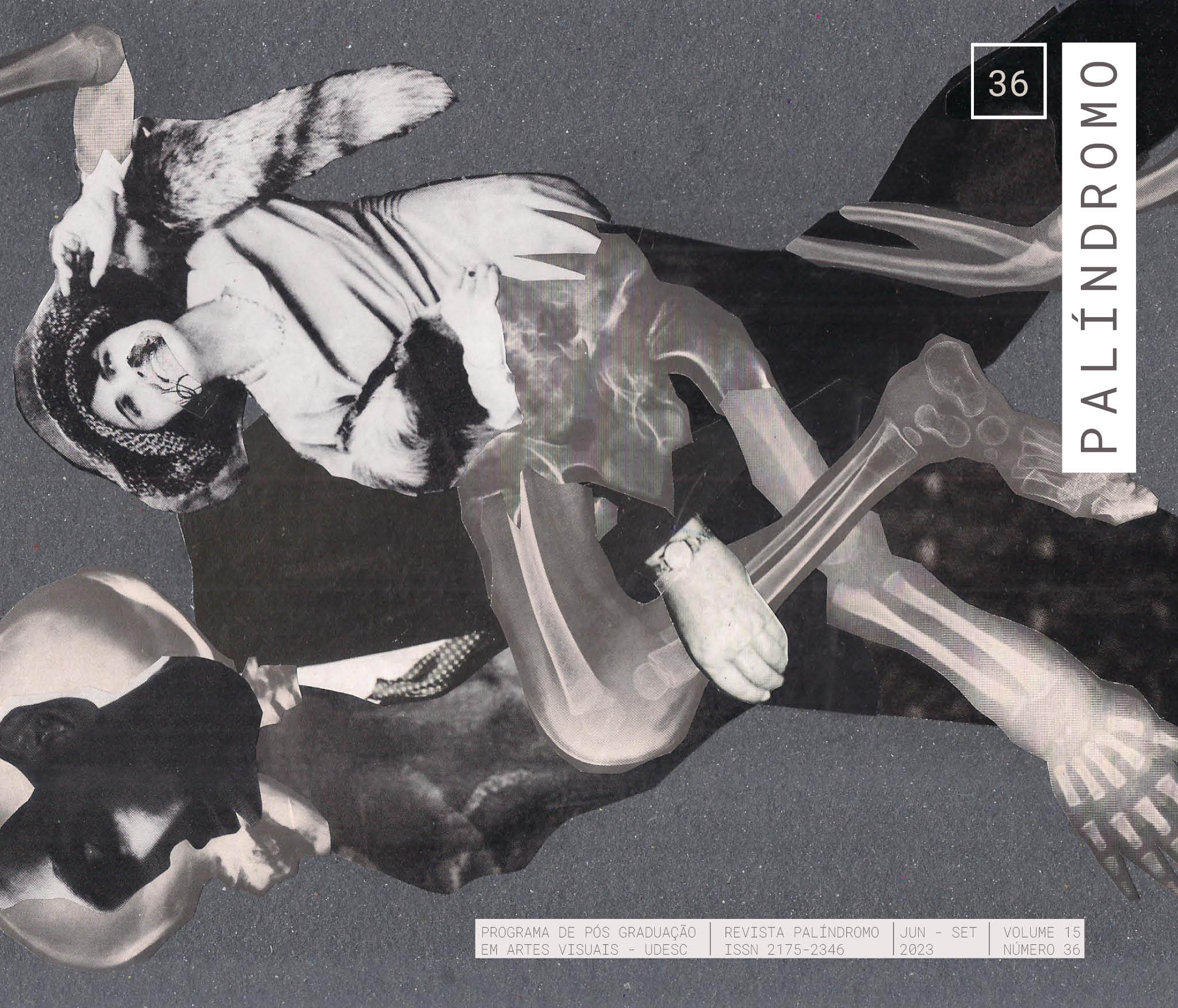An approach to the grotesque in photography
DOI:
https://doi.org/10.5965/2175234615362023e0008Keywords:
photography, grotesque, visual artAbstract
The Grotesque has its place in aesthetic categories. This place intensified when artists moved away from the idea of Beauty as a traditional and hegemonic reference of Visual Art and started to produce works that assumed positions that were intentionally contrary to the traditional conception of Idealized Beauty, investing in Ugliness as an oppositional or expressive attitude, especially from the moment when experimental and contestatory propositions were adopted on the way to Modernism. The dichotomous opposition between Beautiful and Ugly made possible the unfolding of the Grotesque to the extent that it, the Grotesque, when emerging from ugliness, led some artists to resort to the use of dense, intense and even aggressive forms in an aesthetic segment that began to thematize scatological, morbid and grotesque aspects. This is the reason that led to the development of this work whose objective is to explain the relations between the atavism that involves human relations with death and morbidity using photographic images and the approach with discursive semiotics to reflect on the Grotesque from a core fundamental opposition: Beauty versus Ugliness or the Grotesque as a methodological strategy for analyzing the production of meaning.
Downloads
References
BAKHTIN, Mikhail. A cultura popular na Idade Média e no Renascimento; o contexto de François Rabelais. 7a ed. Tradução de Yara Frayeschi Vieira. São Paulo: Hucitec, 2010.
DORRA, Raúl; LANDOWSKY, Eric; OLIVEIRA, Ana Claudia de, (orgs.). Semiótica, Estésis, Estética. São Paulo: Educ, 1999.
ECO, Umberto. História da Feiura. Rio de Janeiro: Record, 2007.
FLOCH, Jean-Marie. Alguns conceitos fundamentais em Semiótica Geral. Documentos de Estudo do Centro de Pesquisas Sociossemióticas. São Paulo: edições CPS, 2001.
GREIMAS, Algirdas Julien. Da imperfeição. São Paulo: Hacker Editores, 2002.
GREIMAS, Algirdas Julien, COURTÉS. Dicionário de Semiótica. São Paulo: Cultrix, Sd.
GROTESCO. In: Enciclopédia Itaú Cultural de Arte e Cultura Brasileira. São Paulo: Itaú Cultural, 2023. Disponível em: http://enciclopedia.itaucultural.org.br/termo4981/grotesco - 22/02/2023
PIETROFORTE, Antonio Vicente. Semiótica Visual: os percursos do olhar. São Paulo: Contexto, 2004.
SILVA, Ignácio Assis (org). Corpo e Sentido: a escuta do sensível. São Paulo: Editora Unesp, 1996.
Downloads
Published
How to Cite
Issue
Section
License
Copyright (c) 2023 Isaac Antonio Camargo

This work is licensed under a Creative Commons Attribution 4.0 International License.
COPYRIGHT STATEMENT
The articles published by the magazine are free to use, intended for academic and non-commercial applications. Copyright is all assigned to the magazine. The articles whose authors are identified represent the expression from the point of view of their authors and not the official position of Palíndromo Magazine. The author (s) commits to whenever they publish material referring to the article published in Palíndromo mention this publication as follows:
This article was originally published by Palíndromo magazine in its volume (place the volume), number (place the number) in the year of (place the year) and can be accessed at: http://www.revistas.udesc.br/index.php/palindromo


